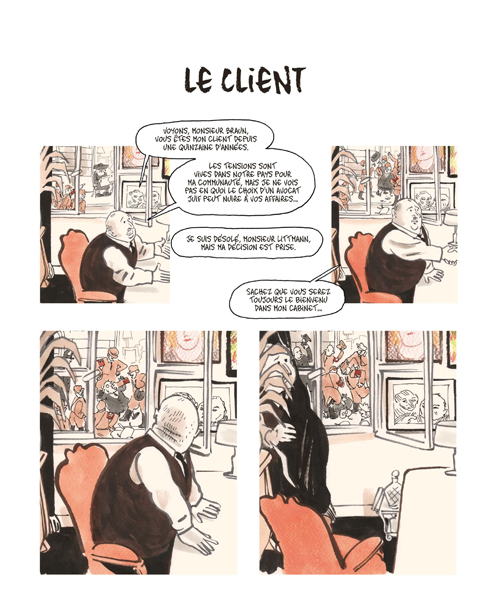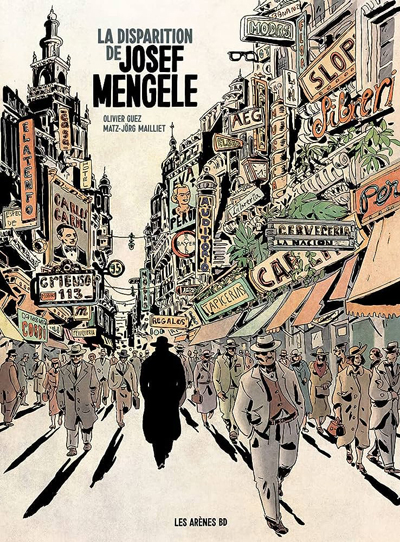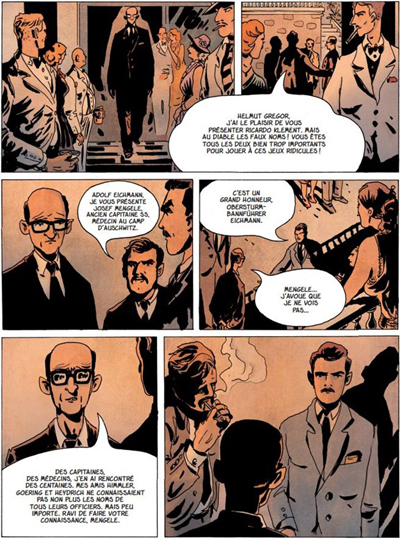
German painter Otto Mueller created the painting “Deux filles nues (Two nude girls)” in 1919. Through an artwork which survived turbulent times, the reader follows a changing Germany. He also gets to know the different art dealers.
At the beginning of the book, the author uses a great deal of imagination to introduce us to the life of the Mueller couple. The painter died in 1930 and the painting changed hands for the first time three years later. At that time, inflation was raging in Germany, and the dissatisfaction of the population led to the appointment of Adolf Hitler to the chancellorship by Hindenburg.
Between 1933 and 1946, the painting miraculously survived censorship and the destruction of works deemed degenerate by the Nazis. Thousands of works of modern German art were set on fire by the authorities.
Pogroms spread across Germany. Jewish-owned paintings were seized. When the Gestapo forced part of Ismar Littmann’s (German link, English link) collection to be auctioned off , it selected 64 works, 53 of which were immediately burned.
During the same period, a traveling exhibition entitled “Entartete Kunst” (“Degenerate Art”) was commissioned by Joseph Goebbels, and 730 works traveled between Munich and other major German cities. Ironically, this degenerate art ended up attracting three times as many visitors as acceptable German craftsmanship, whose works were displayed in nearby buildings.

Until 1946, the painting “Deux filles nues” changed ownership several times, and continued to survive the bombings, organized destruction and art thefts carried out by the Nazis.
After the war, the painting’s name was changed from Zwei Mädchenakte (“Two Nude Girls”) to Zwei weibliche Halbakte (“Two Female Half-Nudes”) and toured Germany and the world. In 1976, it was exhibited at the Ludwig Museum in Cologne. Former owners Ruth and Chaim Haller were finally reunited with their painting in 1999. Ruth is the daughter of Ismar Littmann, mentioned at the beginning of this article.
The museum officially returned the work to the owners, but in the same year made an offer to buy it back, which was accepted by the Hallers. Today, the painting can be found in the Expressionist section of Cologne’s Ludwig Museum.
Through his considerable research and the publication of his graphic novel, the author underlines the importance of remaining alert to the political and cultural censorship that regularly resurfaces.
The book ends with a chronology of events and biographies of the main characters. The author goes to great lengths not to show us what the painting “Two Naked Girls” looks like, until we’re practically at the end of the story! A very clever way of keeping our curiosity alive.
Click on the link for more graphic novels and comics on my blog.
Title: Deux filles nues
Author: LUZ
Publisher: Albin Michel, © 2024
ISBN: 978-2-226-48957-9 (French)

